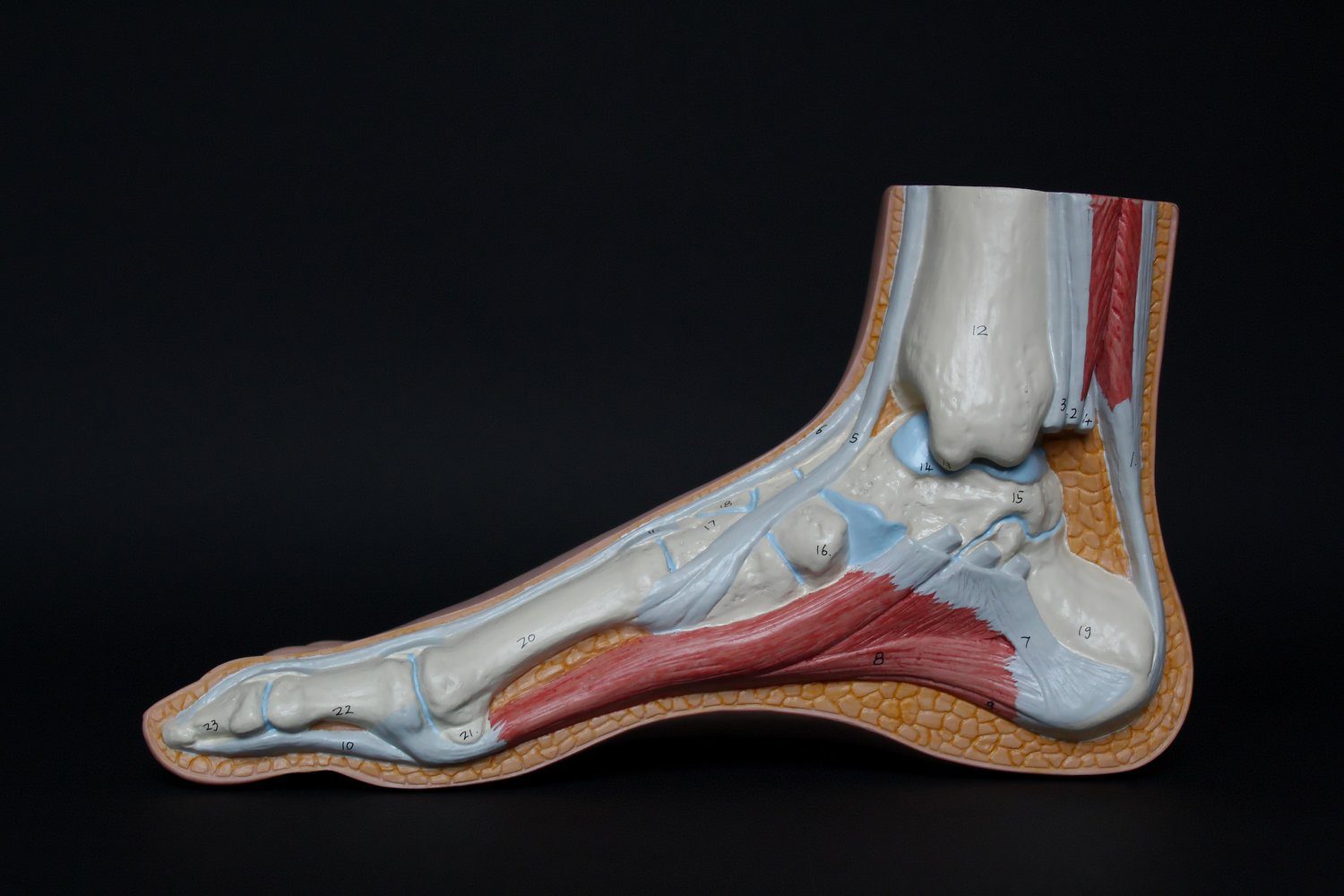Achilles Tendonitis: Symptoms, Causes, Treatment, and Prevention
At some point in our lives, we may experience pain or discomfort in our Achilles tendon. The Achilles tendon is the largest and strongest tendon in the human body, connecting the heel bone to the calf muscle. When the tendon becomes inflamed, it is referred to as Achilles tendonitis. This condition can be quite debilitating, causing pain and limiting movement. In this article, we will discuss the symptoms, causes, treatment, and prevention of Achilles tendonitis.
Symptoms of Achilles Tendonitis
Achilles tendonitis often begins as a mild ache in the back of the leg or above the heel after running or other physical activities. Other symptoms may include:
Stiffness in the tendon when waking up in the morning
Pain that worsens with activity
Swelling or thickening of the tendon
Tenderness or soreness along the tendon
Limited range of motion when flexing the foot
If you experience any of these symptoms, it is important to seek medical attention.
Causes of Achilles Tendonitis
Achilles tendonitis is often caused by overuse or repetitive strain on the tendon. This can occur from activities such as running, jumping, or dancing, especially when proper warm-up and stretching exercises are not performed. Other factors that may contribute to the development of Achilles tendonitis include:
Tight calf muscles or weak calf muscles
Flat feet or high arches
Wearing shoes with inadequate support or cushioning
Sudden increase in the intensity or duration of physical activity
Age-related degeneration of the tendon
Treatment for Achilles Tendonitis
The treatment for Achilles tendonitis depends on the severity of the condition. Mild cases of tendonitis can often be treated with rest, ice, compression, and elevation (RICE). This involves avoiding activities that cause pain, applying ice to the affected area, compressing the area with an elastic bandage, and elevating the leg to reduce swelling.
In more severe cases, a doctor may recommend physical therapy or prescribe medications such as nonsteroidal anti-inflammatory drugs (NSAIDs) to help reduce pain and inflammation. In rare cases, surgery may be necessary to repair or remove damaged tissue in the tendon.
Prevention of Achilles Tendonitis
There are several steps you can take to help prevent Achilles tendonitis from occurring, including:
Stretching before and after physical activity
Gradually increasing the intensity and duration of physical activity
Wearing properly fitting shoes with adequate support and cushioning
Strengthening the calf muscles through exercise
Avoiding activities that cause pain or discomfort
It is important to listen to your body and take breaks when necessary to avoid overuse or repetitive strain on the Achilles tendon.
Conclusion
Achilles tendonitis can be a painful and debilitating condition, but with proper treatment and prevention, it can be managed effectively. If you are experiencing symptoms of Achilles tendonitis, seek medical attention to receive a proper diagnosis and treatment plan. Remember to take steps to prevent the condition from occurring, such as stretching and wearing appropriate footwear. With the right care and attention, you can maintain a healthy and active lifestyle.
If you need an evaluation on your Achilles Tendonitis, please contact us here


